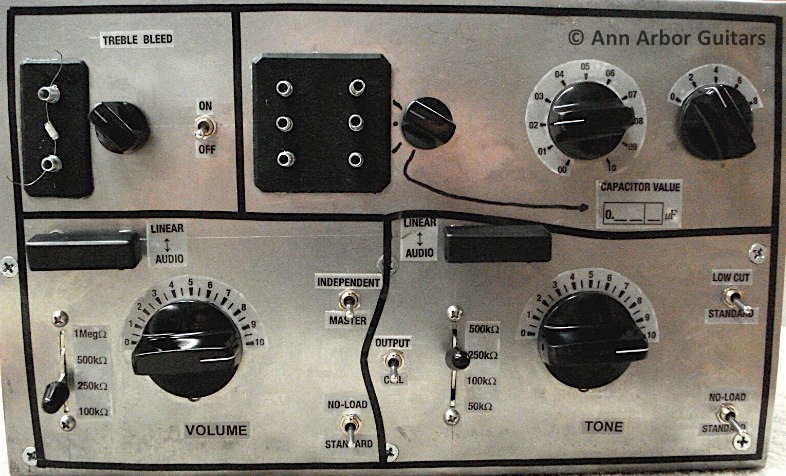frobro808
New member
Hello all,
It's been a while since my last post. Since I've been gone, which I'm sure nobody noticed, I finally rewired my guitar with the p-rails, triple shots and series series-parallel switch and phase switch on vol and tone knobs respectively. I flipped both pups with the ts switches on the bottom. I must say that made a world of a difference in tone and looks cooler too IMO.
After all the tweaking I got curious about all the different tone caps I've come across on the net. My question is what do all the values mean? Does it affect the tone? And if so is there a 'best' one?
It's been a while since my last post. Since I've been gone, which I'm sure nobody noticed, I finally rewired my guitar with the p-rails, triple shots and series series-parallel switch and phase switch on vol and tone knobs respectively. I flipped both pups with the ts switches on the bottom. I must say that made a world of a difference in tone and looks cooler too IMO.
After all the tweaking I got curious about all the different tone caps I've come across on the net. My question is what do all the values mean? Does it affect the tone? And if so is there a 'best' one?


